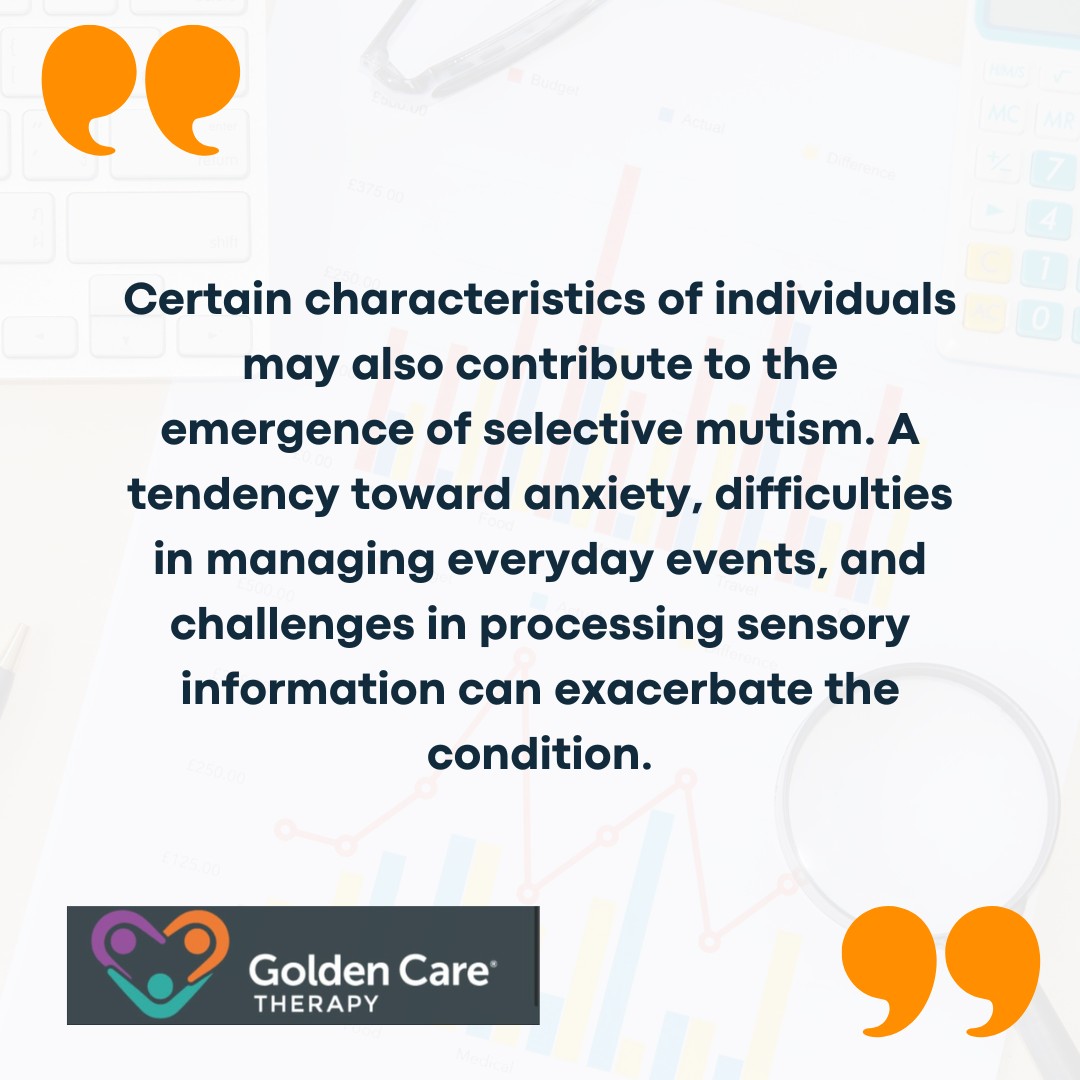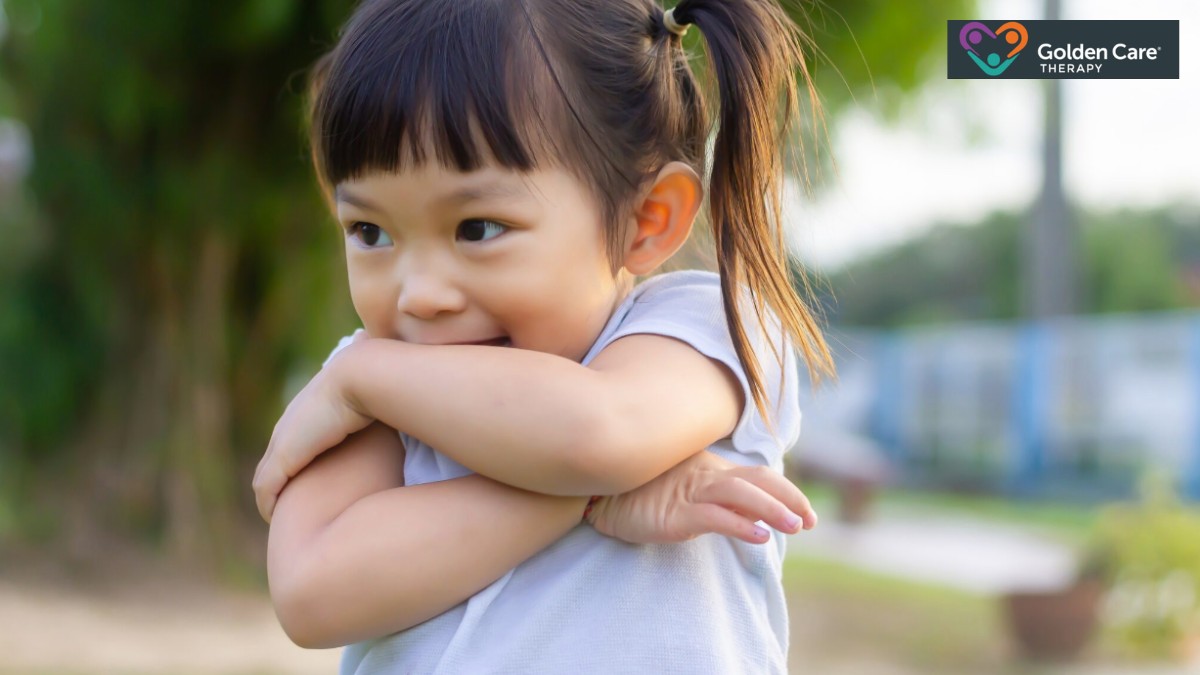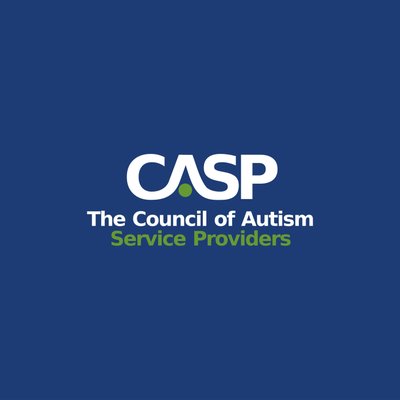Selective mutism is classified as an anxiety disorder in the DSM-5, which was released in 2013. This condition is characterized by an individual’s inability to speak in specific social situations while still being able to communicate in others. It primarily affects children and is relatively uncommon, with less than 1% of children diagnosed with the condition.
The symptoms of selective mutism manifest through a consistent pattern of not speaking in certain social environments, such as school or with peers, even when the child is capable of verbal communication within familiar settings, like at home.
The prevalence of selective mutism is approximately 1 in 140 young children. Research indicates that the condition is more frequently observed in girls and among children who have recently emigrated from their home countries.
A significant correlation exists between selective mutism and social anxiety, with around 70% of children with selective mutism also meeting the diagnostic criteria for social anxiety disorder.
That said, most children with selective mutism begin to exhibit signs of the condition in early childhood, particularly when they are expected to interact with individuals outside their familiar environment, such as caregivers and family members.
Relationship with Autism
Selective mutism often occurs alongside autism spectrum disorder. Research indicates a significant overlap between these two conditions.
Studies reveal that 80% of children diagnosed with selective mutism also meet the criteria for autism. This substantial co-occurrence underscores the importance of understanding the interrelationship between selective mutism and autism to provide effective support and interventions.
There is a notable correlation between traits of autism and those of selective mutism. Research highlights that children exhibiting a greater number of autistic characteristics are likely to display more signs of selective mutism.
This connection implies a predictive relationship, suggesting that certain traits associated with autism may contribute to the development or exacerbation of selective mutism symptoms.
Understanding this association allows parents, caregivers, and professionals to tailor interventions that address both sets of challenges, enhancing communication and social interaction opportunities for individuals affected by these overlapping conditions.
Recognizing the connections between autism and selective mutism is crucial for developing a comprehensive approach to support individuals facing these challenges. For a deeper understanding of how overlapping conditions like ADHD can further complicate the picture, explore our article, Autism with ADHD Symptoms: An Overview.
Factors Influencing Selective Mutism
Understanding the factors that contribute to selective mutism is crucial for effective intervention and support. Anxiety, fear, and other triggers can significantly impact an individual’s ability to communicate in certain situations.
Selective mutism has been classified as an anxiety disorder in the DSM-5 since 2013. Characterized by the inability to speak in specific social situations while being able to communicate in others, it often correlates with heightened anxiety levels.
Research indicates that individuals with selective mutism frequently experience a range of fears, including:
- Social fears
- Fear of making mistakes
- Language-related fears
Approximately 70% of children diagnosed with selective mutism also meet the criteria for social anxiety, highlighting the strong relationship between these two conditions. Experts view selective mutism as a form of phobia concerning verbal communication, largely driven by anxiety.
That said, the onset of selective mutism can be influenced by various triggers and circumstances. These triggers may include:
- New school environments
- Meeting unfamiliar people
- Increased social demands

These anxiety factors and triggers play a significant role in understanding the dynamics of selective mutism in autistic individuals. Recognizing these aspects can aid parents, caregivers, and professionals in implementing effective strategies for support and intervention.
Diagnosis and Differentiation
Selective mutism is often found in individuals with autism spectrum disorder, creating a need for careful differentiation between the two. Studies have shown a significant overlap, with 63-80% of children diagnosed with selective mutism also meeting the criteria for autism.
However, it’s important to understand that selective mutism is a distinct condition and is not inherently linked to autism.
To accurately diagnose both conditions, healthcare professionals should evaluate the child’s communication patterns, social interactions, and behavior in various settings. This assessment can help clarify whether the child exhibits selective mutism due to an anxiety-related response or if the mutism stems from difficulties associated with autism.
At the same time, differentiating between selective mutism and autism can present various challenges. Symptoms may overlap, and each child’s experience can vary significantly based on individual traits and environmental causes.
Here are some common challenges:
- Children with both selective mutism and autism may struggle with verbal communication, leading to confusion during evaluation.
- Selective mutism is often linked to intense anxiety in social situations, which can mimic behaviors seen in children with autism.
- The setting in which a child communicates (e.g., home versus school) can greatly influence observed behaviors and complicate diagnosis.
Professionals must employ thorough assessment tools and consider multiple observations and input from parents and caregivers to determine the presence of either or both conditions correctly.

Long-term Care and Outlook
The long-term outlook for children with selective mutism, especially when co-occurring with autism, varies significantly among individuals. While selective mutism affects about 1 in 140 young children, early intervention can lead to positive outcomes. Children often begin exhibiting symptoms between the ages of 2 and 4, typically during transitional phases such as starting nursery or school.
With appropriate interventions and support, many children can overcome selective mutism, particularly when anxiety is effectively managed.
For those who experience persistent difficulties, ongoing therapy and support may be required throughout their education and into adulthood. At Golden Care Therapy, we provide compassionate, high-quality ABA therapy in Florida, New Jersey, Indiana, New York, and Georgia, helping individuals and families navigate these challenges with confidence. Our team believes in a hands-on, personalized approach that focuses on the whole individual. If you’re looking for trusted ABA services that put your child’s growth first, contact us today to learn how we can support your family.
Sources:



